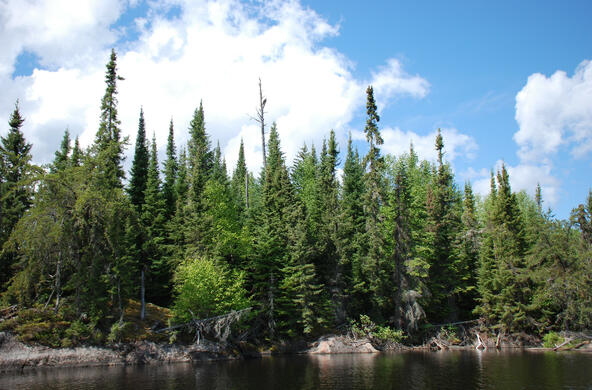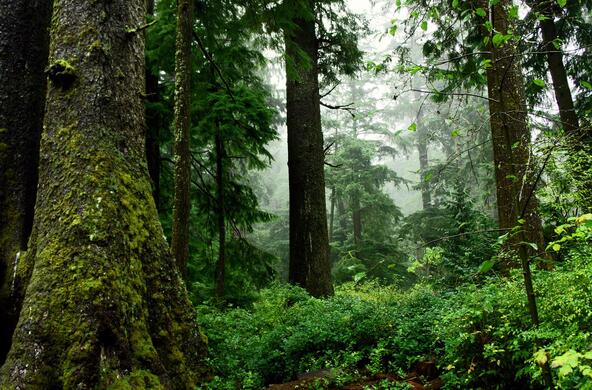Excerpted from With a Warming Climate, Coastal Fog Around the World Is Declining.
Long before scientists started tracking fog, many societies recognized its importance to ecosystems and humans, said Kathleen Weathers, an ecologist specializing in fog research with the Cary Institute of Ecosystem Studies in New York.
“There are fog belts around the world and many local cultures have names for fog and the fog season,” she said. “It is the reason, in many cases, that plants and animals can survive.”
Icy fog that forms in some high valleys of the Western United States, for example, is known as pogonip, a word thought to originate with the Shoshone people who lived in the region. Pogonip—a word Santa Cruzans will recognize from the eponymous open space bordering UC Santa Cruz—forms only in conditions cold enough to threaten respiratory health, and was thus feared by Indigenous people and settlers.
Weathers’ research in the Namib Desert of Southwest Africa, where fog is the main source of moisture in some ecosystems, documents how some animals interact with fog.
“There are beetles standing on their head doing yoga in the morning to collect fog on their legs to have that drip down so they can drink it later,” she said. Engineers try to mimic the hydrophilic exoskeleton of the vapor-harvesting insects to build roofs that can collect water from fog for people to use.
Fog that Weathers studied along Chile’s rugged coast might transport fertilizer from the ocean to forests, she said. Cold water from the deep ocean that rises to the surface in upwelling areas often carries nutrients to the foamy wave tops, where they form the nuclei for droplets of fog droplets to condense around before it floats over land.
“We always think about things flowing from land to estuary to ocean, and this is completely opposite,” she said. “That is one of those connections that is kind of mind-blowing. You can pose the question, ‘Is the ocean feeding the forest? And what’s the likelihood that there is anything living in the fog droplets?’”
Weathers pointed to ocean bacteria found in the mountains of Italy, and viruses and other organisms that are transported by fog droplets from the sea onto land. “It really is an exchange system,” she said.
The climate in places like California, Chile and the Namib Desert share traits that shape their coastal fog, like sharp contrasts between sea and land temperatures, strong coastal currents in the oceans and regional wind shifts.
As greenhouse gases trap more of the sun’s heat on the planet’s surface, research shows that key ocean currents are shifting poleward and the tropics and subtropics are expanding, which shifts the position and direction of winds that affect fog formation and persistence. That combination of factors threatens ecosystems that are most dependent on fog, including the biodiverse mountain forests of Mexico, Costa Rica and Hawaii.
These forests might be the most vulnerable because rising temperatures could quickly push their fog belt upward, Klemm said, “exposing sensitive cloud forests with many species that can only survive in that zone. Some plant communities are so specialized they wouldn’t survive in their present form without fog.”
During the coming century, residents and visitors will see how much Santa Cruz’s iconic, towering redwoods fit into that category.






